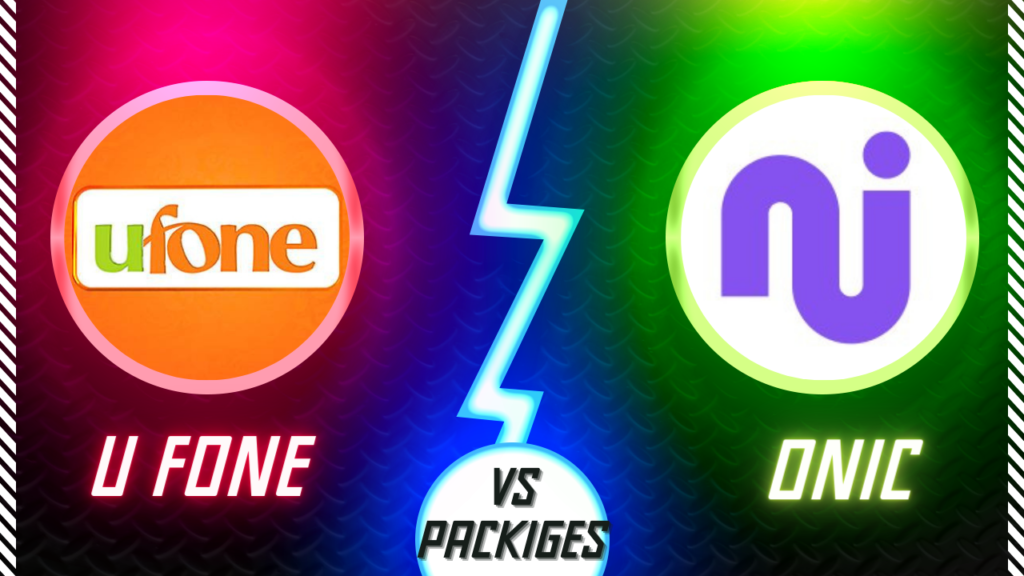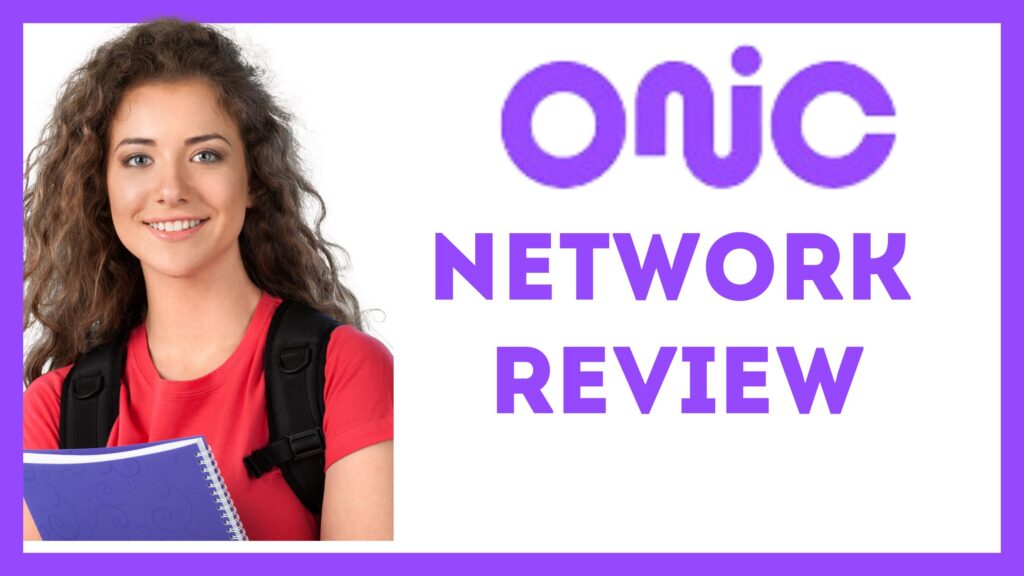
Ads touting the “first digital telco” with the least expensive data plans in the nation have undoubtedly inundated you. With a youthful logo, an intriguing color scheme, and a lot of hype, ONIC has launched its marketing campaign and is now accessible on social media almost everywhere. However, what precisely is ONIC, and what makes it novel?
The Basics Onic
“A digital platform that offers seamless connectivity, effortless accessibility, and endless opportunities to engage, create, and collaborate whenever and wherever you want,” is how Onic, a “digital telco,” brands itself. We achieve this by providing straightforward, worry-free, high-data plans that are offered via a digital-first interface, together with enticing lifestyle incentives and offers.
That’s a lot of corporate jargon without actually explaining anything, so let’s try to cut through. A lot of people thought ONIC was a newcomer to the country, probably a mobile virtual network operator. The Pakistan Telecom Authority, however, made it clear that this was untrue and that the brand was actually owned by Pakistan Telecommunication Company, which is Ufone’s parent company.
A telecom business that utilizes the infrastructure of another respectable operator, or MNO, is known as an MVNO.. By doing this, the operator can still provide creative value adds without having to incur the initial sunk cost, all while eliminating the first costly step. The main advantage for the MNO is that it may make use of extra capacity. The Framework for MVNO Services in Pakistan was unveiled by the PTA in 2009, with a $5 million license cost.
However, what is ONIC? In his bio, at least one person in a leadership position stated, “Building Pakistan’s first MVNO.” The Pakistan Telecommunication Company (PTC), which is listed on the stock exchange, is required to disclose any information regarding the acquisition of licenses of this kind, but there has been no record of ONIC obtaining any .. This validates that ONIC is just a new brand.. Those who aren’t lockdown infants would be familiar with Telenor’s Djuice. It was the first to provide inexpensive SMS packages and was once the hip thing. Therefore, it resembles that somewhat.
These sub-brands are referred to as “digital attacker” brands by Mckinsey, which also asserts that within four quarters of debut, they may generate approximately 25% of the total gross additional customers to incumbent operators, and that these subscribers are 5% more profitable than the ordinary ones.
Circles.Life x e& for Onic
Etisalat’s rebranding as the Emirati telecoms company rebranded itself as e& led to the development of ONIC. It revealed its grand ambitions to become a worldwide digital conglomerate last year. In April 2023, it also acquired a $400 million interest, or 50.03%, in Careem’s super app company In an effort to “enable its network of Mobile Network Operators (MNOs) and more regional operators to introduce digital telco brands that provide enjoyable online experiences for the digitally savvy generation,” e& International and Singapore-based technology company Circles entered into a strategic partnership on May 24.
With the help of Circles’ technology and platform, Circles X, e& will be able to introduce digital telecom brands throughout its numerous subsidiaries. CircleX claims to be able to help MNOs build digital brands in as little as six to twelve weeks, avoiding the institutional lethargy and legacy systems associated with more established networks.
The rationale behind new brands
In the telecom space, flaming trademarks are nothing new; operators all over the world have tried this tactic out. More than 200 of these sub-brands have already been introduced, according to GSMA Intelligence. The objective is to tap into various consumer segments, frequently by presenting oneself as a stylish substitute for younger customers.
The question now is: What motivates PTC to take this action? To understand it, let’s take a look at some economics and history. As other carriers jumped onto the 4G bandwagon, Ufone chose to stick with 3G and missed the memo. As a result, Ufone just recently reached 15 million customers across all technologies, whilst the other operators each have well over 20 million users for 4G alone.
Let’s go on to economics now .. As you can see, voice revenues used to make up the majority of telecoms’ revenue.. mostly due to the fact that most individuals were communicating via WhatsApp and other IM apps. In contrast to business-to-business interactions, personal texting has essentially vanished, and value-added services have also begun to fade. The average revenue per user, which was just PKR 232 in July–September 2022, has been severely impacted by this as well as the decline of the currency.
Increasing the number of customers who use broadband rather than only voice is necessary to push it up. And that’s where Ufone, ranked fourth, truly falters. This helps to explain the marketing effort that emphasizes being digital first and offering high-volume data packages at low costs. How do they accomplish that?
To begin with, the packages are created with data first; even the most basic one costs PKR 890 and offers 30GB. Up to 200GB is the maximum, which is nearly comparable to some fixed broadband providers. Voice and messaging are secondary and often overused among new brands, such as MVNOs. 1,000 SMS and 5,000 minutes are offered by ONIC (without differentiating between usage on and off the network).
Risk and Reward
In an attempt to evaluate ONIC’s pricing in relation to other suppliers, we developed a basic price-competitive index1. Unexpectedly, Telenor won, but ONIC came in second. It’s interesting—but not surprising—that Ufone comes in last. You can understand, then, why it would want to make a splash by launching a digital brand.
Even while initially low pricing could entice buyers, can they be maintained? especially in light of the fact that carriers are finding it difficult to even maintain their ARPU growth. The departing CEO of Telenor recently discussed this and their desire to concentrate on higher-value customers. That change has also been observed in tech businesses. Nevertheless, e& has enough cash on hand to continue bleeding money for extended periods of time. See if they do, then.
Update: The original version of this article said that Etisalat had purchased a stake in Careem.. It was not in the ride-hailing industry, but rather in Careem’s Super App.
Methodology: MBs, minutes, SMS, and price fluctuation from the example monthly plan were used to produce a weighted multi-variable index. Using their proportionate amount of telecom revenue, the weights were determined. The number of GBs in the sample packages’ plans was chosen to be close to ONIC’s normal monthly package. A weighted ratio that assigned greater weight to off-net minutes was used to normalize on-net and off-net minutes.

